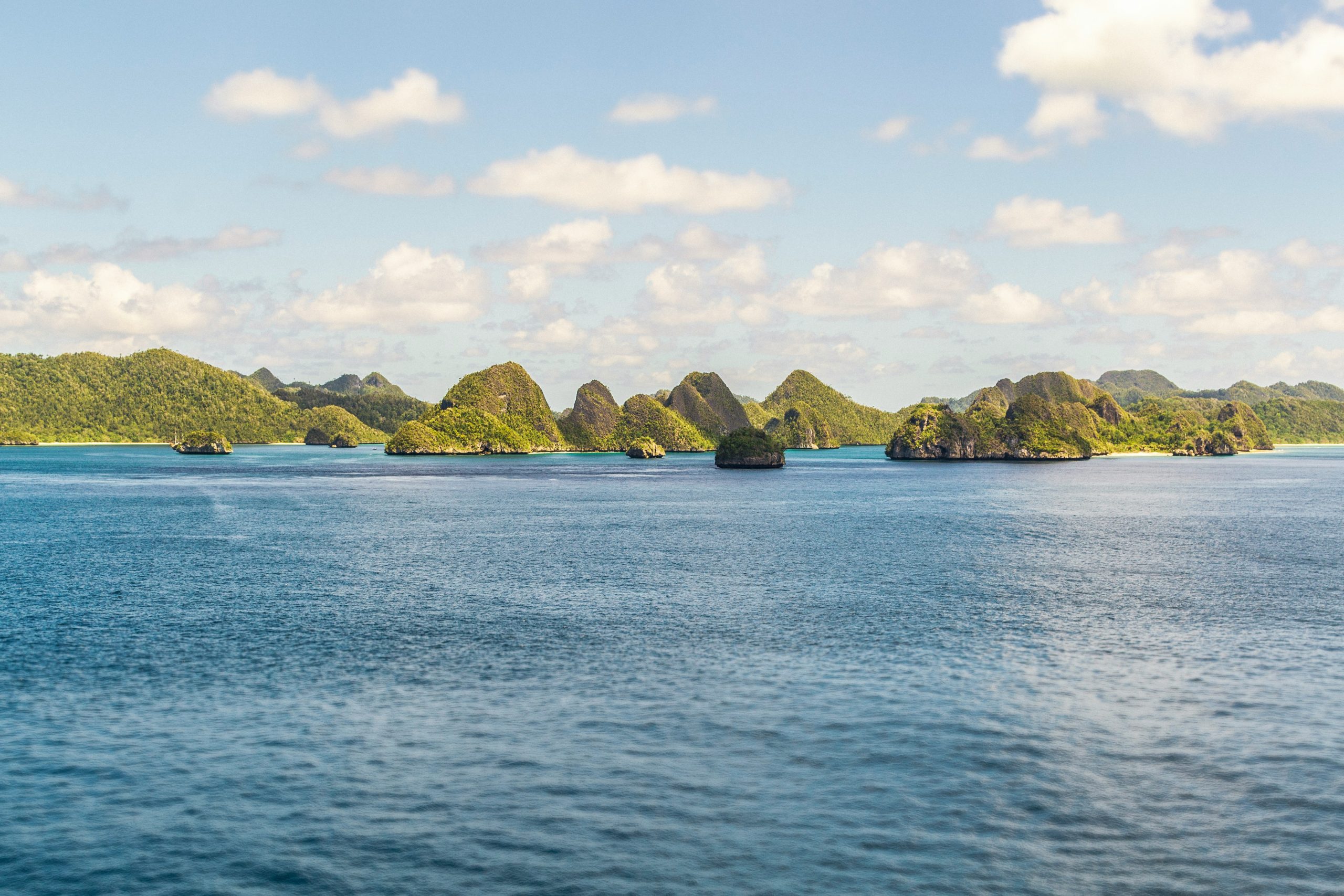If you’re a history buff or conservationist, you might be familiar with Palau. If you’re a diver, you definitely are—and for good reason. We sent writer Lizzie Mulherin to the Pacific nation; she came back with the ultimate island guide.
With just over 18,000 inhabitants, Palau—also traditionally known as Belau—is one of the smallest countries in the world by population size. But don’t let the ‘lack’ of people per capita fool you; this republic is brimming with a unique mix of ancient native sites, WWII remnants, world-renowned reefs, lush tropical terrain and gimmick-free cultural activities that appeal to pretty much every travel niche.
And I can vouch for all that—I’m just back from exploring the island myself. Scenically, it’s all pastel-blue lagoons, blindingly white beaches and green forests to rival Borneo and the Maldives. But unlike many tropical destinations, Palau hasn’t fallen victim to overtourism—and the country plans to keep it that way.
If you—like me—want to protect the places you visit and never compete for sea views, then Palau is worth adding to your itinerary. Here’s everything you need to know before you go:
Respect for nature is inherent in Palauan culture, and sustainability is a huge priority. Upon entry, all visitors must sign the Palau Pledge; a code of conduct that commits travelers to act in an “ecologically and culturally responsible way on the island, for the sake of Palau’s children and future generations”.
This is because Palau is one of the world’s countries most feeling the effects of climate change. Amidst rising sea levels, Palau’s most unique tourist attraction—Jellyfish Lake, home to thousands of non-stinging jellyfish—is now largely empty thanks to rising water temperatures.
Preventing overtourism is also a major mission here. An upsurge in visitors in pre-Covid-19 years saw 100,000 tourists visiting the tiny nation annually, which was deemed too many for both its infrastructure and environment. While tourism is important for the economy, the national government is also very conscious of preserving Palau’s pristine sites.
Because of Palau’s history, the food scene is more diverse than you’d expect. The historic national dish features a whole fruit bat—wings, teeth, fur and all—served in a broth with local spices. Once a staple due to the lack of readily available protein on land, it’s now reserved for mostly elder Palauans and curious, brave visitors (I gave it a go, it was, erm, interesting). Available at Carp Restaurant and Drop Off Bar & Grill.
You can’t oshiruko. The Japanese-inspired dessert features warm mochi balls served in sweet red bean soup, and it’s delicious. Wash it down with a fresh coconut at the 680 Night Market. In the same vein is local dish, tapioca and coconut cream. Tapioca is a locally grown starch, and makes for a filling treat, especially when paired with fresh coconut cream. You can buy it in local supermarkets or make it yourself on the Airai Cultural Heritage Tour.
Is both your stomach appetite and your adventure appetite now whetted? Understandable. If you want to see what conscious preservation can do for a country and experience one of the world’s last matriarchies—and try fruit bat soup—you won’t be disappointed by Palau.

